1. Banking Services
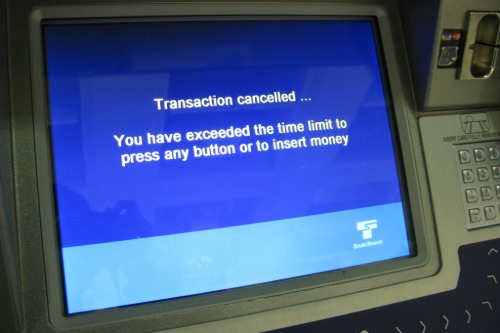
Not too long ago, it was common for basic banking services like checking accounts, ATM usage, and even paper statements to be completely free. These days, however, many banks charge monthly maintenance fees, ATM withdrawal fees, and even fees for accessing paper statements. The rise of digital banking and online-only accounts has put pressure on traditional banks to generate revenue in other ways, and those of us who still rely on in-person services are paying the price. For some, this shift has meant switching to credit unions or online banks to avoid hefty fees.
Banking fees have become a way for banks to offset their operational costs, and even services that used to be considered basic are no longer free, according to Lisa Servon from PBS. For instance, you might find yourself paying for simple things like balance inquiries or transferring funds between accounts. In response, some financial institutions are introducing fee-free options, but they often come with strings attached, like maintaining a minimum balance or setting up direct deposit. The bottom line is that managing your finances today requires more attention to the hidden costs of seemingly simple banking services.
2. Cable Television
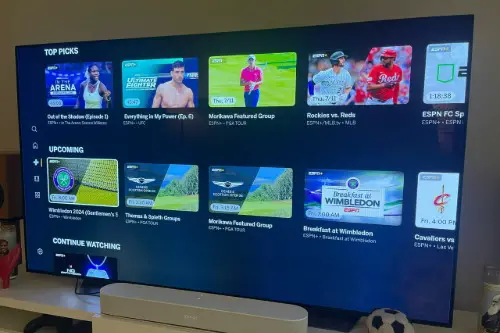
Cable TV was once the go-to source for entertainment, and many households enjoyed it as part of their basic service package, with no additional cost beyond their subscription. Now, however, premium channels, on-demand content, and even basic services are often priced higher or have transitioned to subscription-based models, according to Kourtnee Jackson and Ty Pendlebury from CNET. As streaming services have become more popular, cable companies have shifted their pricing models, leaving customers with expensive cable bills that can feel like a relic from the past. For many, this has resulted in canceling traditional cable in favor of streaming platforms that allow for more flexibility and lower costs.
Even basic channels that were once included in cable packages are now often locked behind paywalls or require additional fees for HD or access to a broader lineup. This shift has forced consumers to be more strategic with their entertainment choices, opting for services like Netflix, Hulu, or YouTube TV. While it’s tempting to ditch cable altogether, the rising cost of streaming subscriptions can add up, leaving us wondering if we’re really saving money in the long run. The days of inexpensive, all-inclusive cable packages are long gone, and the cable industry is now reworking its business model to adapt to modern viewing habits.
3. Internet Access
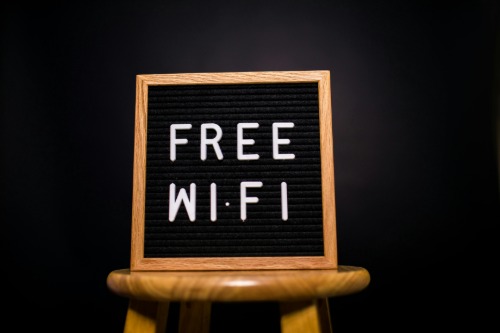
It wasn’t that long ago that many internet service providers (ISPs) offered affordable, flat-rate pricing with no hidden fees. Now, however, internet access has become much more expensive, with many ISPs introducing tiered pricing based on speeds, data usage limits, and equipment rentals. Even in metropolitan areas, it’s not uncommon for residents to face inflated charges for basic internet access, especially when bundling services like cable and phone plans. These price hikes are often tied to corporate mergers, as well as the increasing demand for faster, more reliable connections.
The rise in remote work and digital services has only amplified the necessity of reliable internet, causing providers to capitalize on this demand. Fees for installation, equipment, or even accessing tech support are becoming more common, and many people are now paying more than they ever anticipated for what was once a relatively simple utility. Even in regions where competition is supposed to keep prices down, ISPs are often the only available option, leaving customers with limited bargaining power. Unfortunately, this has turned internet access into a more expensive necessity, which can feel like a heavy burden for many households.
4. National Park Entrance Fees
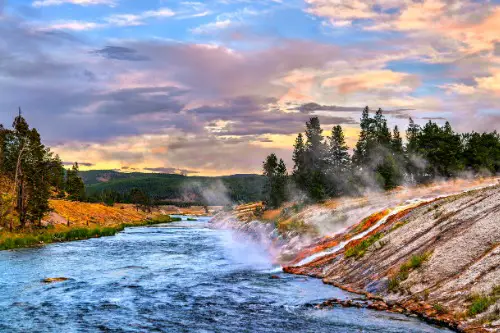
Visiting national parks has always been a cherished American pastime, often considered a right of passage for families and outdoor enthusiasts alike. However, in recent years, the federal government has started charging more for entry into many popular parks across the country, according to Addy Bink from The Hill. The need for maintenance and preservation of these vast natural resources, along with the rising costs of park services, has led to the increase in entrance fees. While these fees are still relatively modest compared to other attractions, they can quickly add up for families looking to visit multiple parks in one year.
Some national parks now charge fees upwards of $30 or more per vehicle, especially during peak seasons. This trend has sparked debate among nature lovers, who worry that increased costs could limit access to those who are less financially able to enjoy public lands. While many parks still offer free admission days throughout the year, these new fees have made it harder for everyone to experience the beauty of the national parks without considering the financial impact. It’s a stark reminder of how government-run services, once considered free, are now facing financial pressure in the modern world.
5. Airport Parking
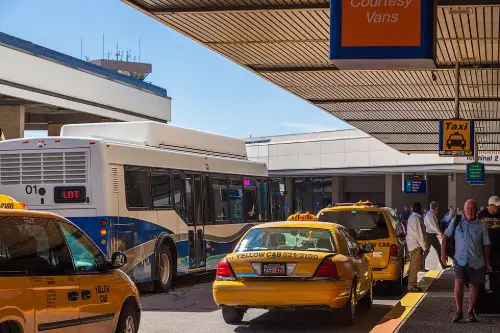
Airport parking, once a simple and affordable service, has become increasingly expensive over the years. As air travel has rebounded post-pandemic, airports have raised the prices for parking spaces to accommodate higher demand. Long-term parking lots, short-term parking, and even valet services have all seen price increases, especially in major airports. What used to be a straightforward and low-cost part of air travel has turned into another added expense for travelers, according to Teresa Mettela from The US Sun.
Some airports have even implemented dynamic pricing, where parking rates change based on demand or time of day, making it harder to predict the cost of parking ahead of time. For families or business travelers who regularly use airports, these fees can quickly add up, especially when combined with other costs associated with air travel. The rise in parking fees is just another reflection of how much airport services have become focused on revenue generation rather than convenience. For many, this means planning ahead to find cheaper alternatives, like rideshare services, or looking for off-site parking options to save money.
6. Public Restrooms
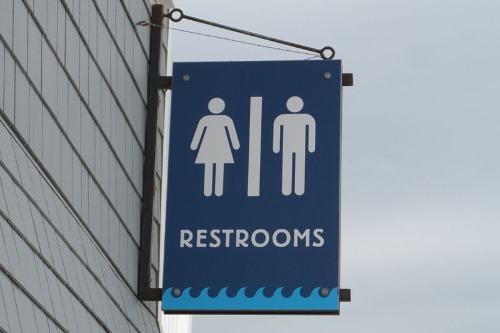
Gone are the days when public restrooms were free to use and available almost everywhere. Now, in some major cities, public restrooms are becoming increasingly scarce or locked behind paywalls. These facilities, once considered an essential service, are now being monetized, with some venues charging a small fee for access. The need to maintain cleanliness, security, and upkeep has led some municipalities to explore ways to offset the costs of keeping restrooms operational.
Cities like New York and San Francisco have introduced pay-per-use restrooms in high-traffic areas, especially near tourist hotspots. For travelers and city-goers, this can be an inconvenience, especially when public restrooms are no longer free in places where they once were. While the fees are typically small, they can quickly add up for families or tourists in need of a quick stop. The change highlights how even the most basic services are being reimagined as money-making ventures in urban areas.
7. Public Water Fountains
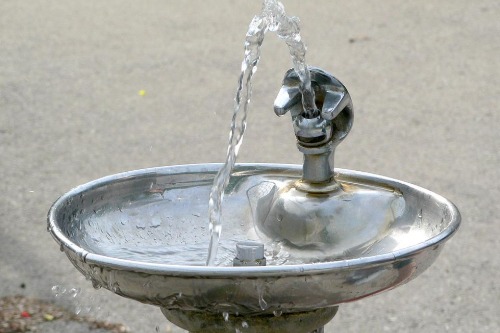
For decades, public water fountains were a standard feature in parks, schools, and other public spaces, offering free access to water. However, as infrastructure ages and maintenance costs rise, many cities have been forced to shut down or charge for access to public water. This is especially evident in places where water is a precious resource, such as parts of California, where droughts and water scarcity have made free access to water less sustainable. As a result, water bottle refill stations or filtered water stations are popping up, but they often come with a charge.
Even in areas where water isn’t as scarce, the trend toward monetizing public water is becoming more common. Public parks, tourist attractions, and transit stations are increasingly replacing traditional fountains with pay-to-use water dispensers. This change forces people to buy bottled water or invest in refillable water bottles, which adds up in the long run. In a world where access to water should be a basic right, this shift toward charging for public hydration feels like a significant departure from the past.
8. Recycling Services
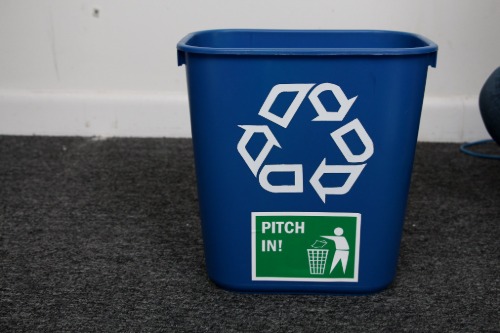
Recycling used to be something that local governments handled for free, with curbside pick-up services readily available for residents. In recent years, however, the rising costs of processing recyclables, combined with the global changes in the recycling market, have led to many cities charging for the service. Some municipalities now require residents to pay a separate fee for curbside recycling, or they limit the types of materials that can be recycled at no cost. The economic reality of global trade and waste management has made these services harder to maintain without some form of financial support.
This shift has been particularly noticeable in large cities and environmentally conscious regions, where sustainability is a top priority. Recycling is still seen as a vital component of responsible waste management, but it’s no longer something that’s guaranteed to be free for everyone. Some places are offering incentives for people to recycle or are creating specialized programs to encourage participation. However, the change in fees has made some people rethink their waste management practices and consider other ways to reduce their environmental footprint.
9. Emergency Medical Services
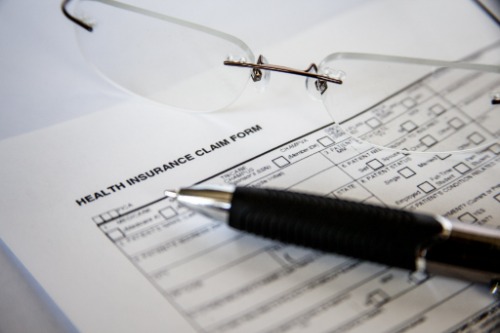
Emergency medical services (EMS) used to be covered by most insurance plans or, in some cases, were provided free of charge by local municipalities. Today, however, ambulance services can be an expensive, out-of-pocket expense for many individuals, even those with insurance. Costs for emergency transport and care are rising due to factors like labor shortages, increasing operational costs, and rising healthcare expenses. Even with insurance, the out-of-pocket costs for an ambulance ride can leave you with a hefty bill.
For many, this shift has led to a greater understanding of the true cost of emergency medical care. While it’s still possible to receive care in an emergency, you may face unexpected charges if you need an ambulance to get there. In some areas, municipalities have privatized EMS services, further increasing costs. These changes highlight how healthcare, once assumed to be universally accessible, is becoming increasingly dependent on your insurance and ability to pay.
10. Postage for Letters

The United States Postal Service (USPS) used to offer affordable postage rates for letters, making it easy to send communication across the country for just a small fee. These days, however, postage rates for letters and packages have steadily increased. With the rise of digital communication, mail services have become more focused on package delivery, with letter rates often seeing the biggest price hikes. The cost of sending even a simple letter has grown, and with each postage increase, people are relying more on email or other forms of communication.
As online shopping continues to boom, USPS, FedEx, and UPS have all adjusted their prices to keep up with demand for package services. For people who still rely on physical mail, these increasing rates have made it more expensive to stay connected through traditional methods. While some discounts for bulk mailing exist, the cost of regular mail has slowly risen, making it a less affordable option for everyday communication. In an increasingly digital world, this shift shows how traditional services like mail are evolving in response to new technology and consumer needs.
11. Public Pools

Public pools, once an easy and free way for communities to cool off during the summer, are now often requiring a fee for entry. Local governments, faced with budget cuts and rising maintenance costs, have started charging admission for access to public pools, making them less accessible for low-income families. These fees can vary depending on the pool, with some charging by the day or offering seasonal passes for residents. While it might only be a small fee, it represents a shift from the old days when pools were seen as a community service.
In some areas, municipalities have even privatized their public swimming pools or partnered with private entities to maintain and run them, which increases costs. The decision to charge for pool access is often justified as a way to ensure maintenance and keep the pools in good condition. However, this move has been controversial, as public pools were once considered a free resource for everyone. With this change, families who could once take a spontaneous dip now have to factor in the cost of a visit.
12. Public Libraries
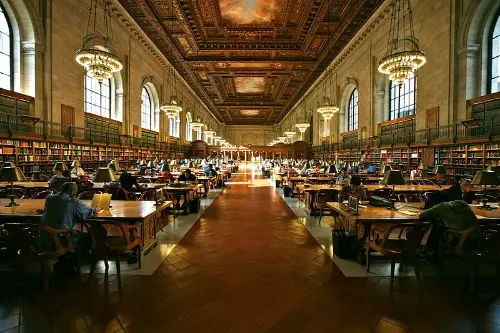
Public libraries have long been seen as a free resource for books, internet access, and educational programs. However, many libraries across the country have begun charging for services that were once free. Some libraries now require fees for things like reserving meeting spaces, printing documents, or accessing special programs. The shift toward charging for these services is often driven by budgetary constraints and a need for libraries to sustain themselves financially.
While libraries still offer an incredible array of free services, the fees for certain programs or resources have become more common. For example, some libraries now charge for premium services like early access to events or educational resources. As libraries look for new ways to stay afloat, these charges can make what was once an entirely free service a bit more costly. The challenge for libraries is balancing their mission of public service with the financial realities of modern-day operations.
13. Parking
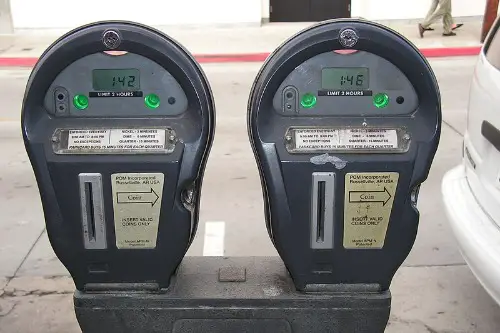
Parking used to be relatively easy to find and free in many areas across America, but that’s rapidly changing. As cities grow and urban spaces become more congested, local governments and private companies have turned parking into a profitable venture. Metered parking, paid parking lots, and even street parking in certain districts now come with a price tag that many Americans weren’t accustomed to. The push for higher revenue from parking spaces is becoming especially noticeable in large cities like Los Angeles, Chicago, and New York, where parking fees have skyrocketed.
What used to be a simple matter of finding a free spot is now an exercise in budgeting and planning, with many parking areas charging by the hour or requiring daily rates. This trend has forced people to either pay up or look for alternative methods of transportation, like public transit or ridesharing. Additionally, parking garages in high-demand areas can charge exorbitant rates, making a simple trip downtown more expensive than ever. This shift reflects how cities are adjusting to growing populations and the economic pressures of urban living.


